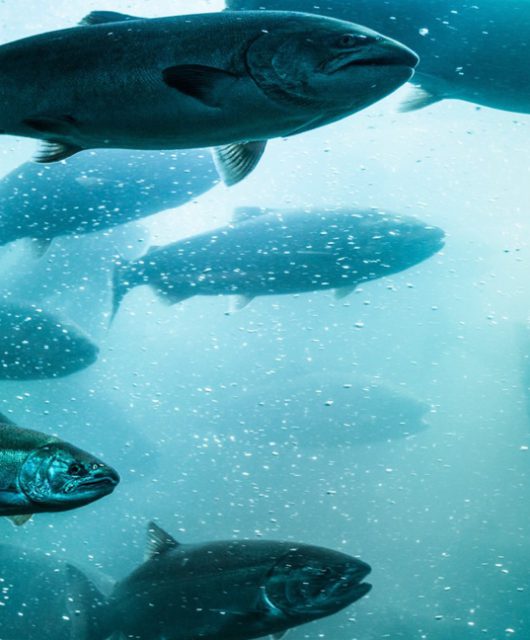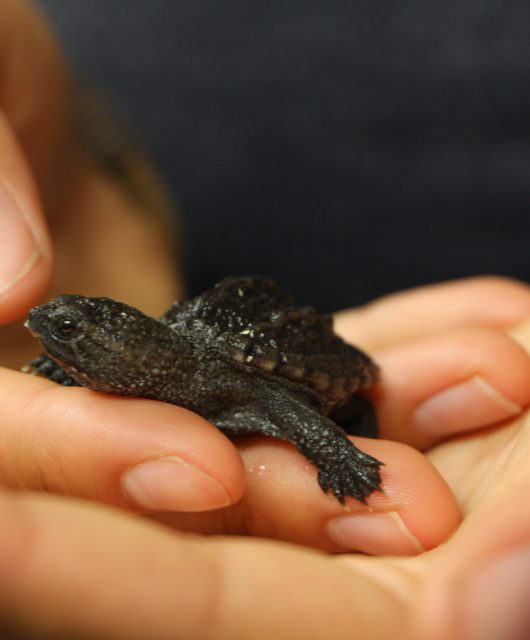[PHOTO CREDIT: 2014 CANADIAN COOPERATIVE WILDLIFE HEALTH CENTRE]
Results from this past winter’s surveillance season for white-nose syndrome on bats continue to flow in. WNS has continued to spread west, north, and south in 2014. Particularly bad news for Canada is the finding of a WNS-positive male little brown bat dead on the landscape in Cape Breton, Nova Scotia. It was hoped that Cape Breton would continue WNS-free and provide a refuge for bats, but that has not turned out to be the case.
On a slightly more positive note, areas that have had WNS the longest, such as Vermont and New York, still have hibernating bats in their caves and the mortality rate seems to have tapered off.
These areas suffered major bat mortality over the past few years and their hibernating bat populations are very much smaller than they used to be. It is unknown whether the bats currently being observed can survive WNS over the long term, but it is possible they are resistant to the disease. If they are survivors, it will still take a long time for the population to rebound as female bats of these species only have 1 pup per year. Hopefully this trend will continue!





1 comment
The church camp where I take my granddaughter to Nature Camp each summer usually has an abundance of bats, and no Mosquitos. This year we didn’t see any bats but the mosquitoes were awful. The camp is on the North shore of Lake Huron at Bay of Islands. This is a sad situation! Thanks for all your hard work!